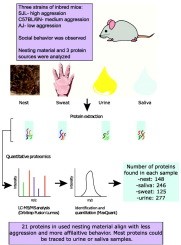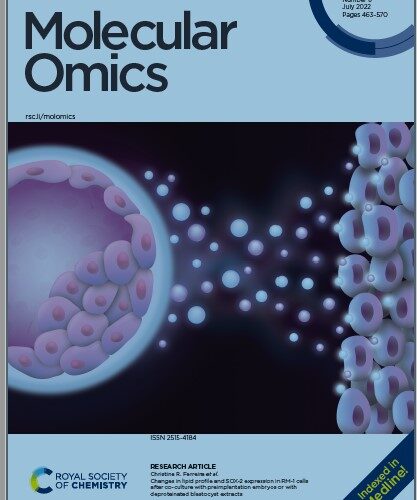
Sapwood mycobiome varies across host, plant compartment and environments in Nothofagus forests from Northern Patagonia

Sapwood mycobiome varies across host, plant compartment and environments in Nothofagus forests from Northern Patagonia

A novel statistical methodology for quantifying the spatial arrangements of axons in peripheral nerves

Ovarian cancer cell fate regulation by the dynamics between saturated and unsaturated fatty acids

Dr. Sintim’s lab in the Institute of Drug Discovery at Purdue University and the Bindley Bioscience Center Purdue Proteomics Facility (PPF) have published their research in the Journal “Molecules”

Dr. Andrisani’s lab in the college of Veterinary Medicine and the Bindley Bioscience Center Purdue Proteomics Facility (PPF) have published their research in the Journal “Frontiers in Immunology”.

Bindley Bioscience Center Purdue Proteomics Facility and Dr. Gaskill lab in Department of Animal Science have been published in the Journal of Proteomics

Changes in lipid profile and SOX-2 expression in RM-1 cells after co-culture with preimplantation embryos or with deproteinated blastocyst extracts

Dr. Uma Aryal, Research Assistant Professor in the Department of Comparative Pathobiology and the Director of Purdue Proteomics Facility, Bindley Bioscience Center, is a co-author on the manuscript “Photosystem stoichiometry adjustment is a photoreceptor mediated process in Arabidopsis”

Guest Editor: Dr. Uma Aryal, Department of Comparative Pathobiology and the Director of Purdue Proteomics Facility, Bindley Bioscience Center, is a guest editor of a special issue on “Functional Proteomics in Cell Biology and Beyond” to be published in the journal Molecules

Nanomaterials | Free Full-Text | Modulation of Pulmonary Toxicity in Metabolic Syndrome Due to Variations in Iron Oxide Nanoparticle-Biocorona Composition